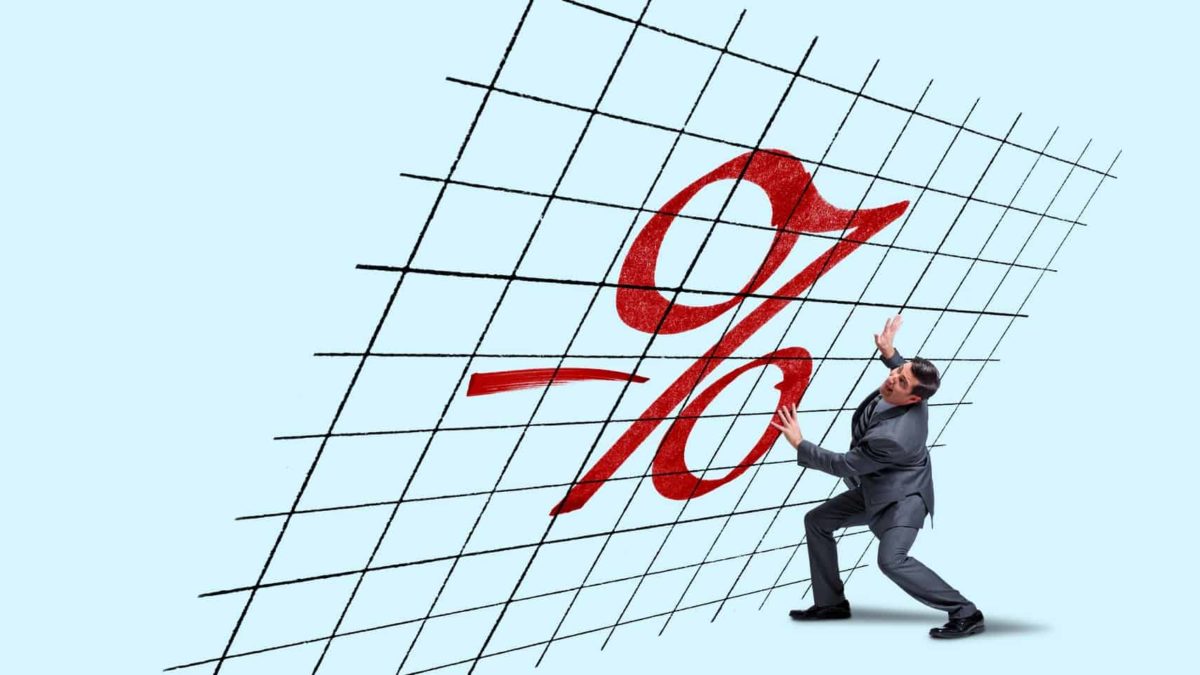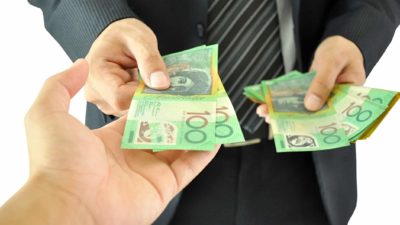It looks like the 'free money' party is nearing the end as the Reserve Bank of Australia and other central banks consider winding down their COVID-19 assistance.
"The US Federal Reserve is starting to 'talk about talking about tapering' (or slowing) its bond buying, and Fed officials are signalling the start of rate hikes in 2023," said AMP Capital chief economist Dr Shane Oliver.
"In Australia, the RBA is also slowly heading towards the exit of easy money with 0.1% funding for banks ending this month… and a speech by Governor [Philip] Lowe dropping a reference to the conditions for a rate hike as being 'unlikely to be met until 2024 at the earliest'."
But Oliver, writing on a AMP Ltd (ASX: AMP) blog, reckons stock investors have little to worry about.
The volatility seen the last few weeks may continue, he said, but that would be all standard cyclical behaviour.
"Shares are vulnerable to a correction. They have run very hard and we are now in a seasonally weak period of the year – so the rough patch could have further to go," said Oliver.
"However, we would see this as just normal gyrations for this stage in the cycle."
Oliver presented 5 reasons why he thought shareholders are in the clear.
Monetary policy is still 'ultra-easy'
While money might not be quite as 'free' as now, it'll still remain pretty cheap.
"Tapering of bond purchases is not monetary tightening, it's just slower easing," said Oliver.
"While some emerging country central banks have raised rates, rate hikes in the US and Australia are still 18 months to 2 years away and the ECB and Bank of Japan are further behind."
Oliver added that the current inflation spike was temporary anyway.
"Various commodity prices have rolled over – eg US timber prices down nearly 50%," he said.
"US wages pressure will subside as enhanced unemployment benefits end and schools return, sending workers back into the jobs market, and it will be similar in Australia when backpackers return."
Good news is good news
Oliver reminded investors that the central banks' hawkish shift simply reflected the positive recovery in economies around the world.
"With monetary stimulus having done its job, the need for emergency monetary settings is starting to recede," he said.
"The recent shift in tone from central banks is most unlikely to signal that they are backing away from their commitments to getting inflation sustainably back to target – rather it reflects the reality that as recovery has been stronger than expected, they will likely meet their objectives earlier than previously expected."
Shares rose through the last 'taper'
The last prolonged period of stimulus tapering in the United States was from December 2013 to September and October 2014, according to Oliver.
And stocks actually rose through it.
"This is likely because tapering is a slowing in easing — not actual tightening — and rates were still low," he said.
"There is no reason to expect a different outcome through the next taper, particularly given that the start of tapering is being well flagged."
Maybe a short dip but shares will rise again
History is on the side of share investors, according to Oliver, even when the interest rate hikes arrive.
"The experience of the last 30 years suggests an initial dip in share markets around the first rake hike but then the bull market resumes."
He presented 1994, 2004 and 2015 as examples where rate rises depressed stock markets for a short while, then it was back to gains again.
"Recession did not come for 7 years after the February 1994 first hike, for 3.5 years after the June 2004 first hike and for 4 years after the December 2015 first hike — and that was due to the pandemic," said Oliver.
"This is because the first rate hike only takes monetary policy from very easy to a bit less easy. And it's only when monetary policy becomes tight after numerous rate hikes that the economy gets hit. This is all a long way off as even the first hike is a while away."
Current times are consistent with the investment cycle
Even if you don't believe anything else that he said, Oliver reckons the current bumpy ride in markets perfectly fits into the narrative of the investment cycle.
"Right now, we are likely in phase 2 of the investment cycle. Monetary support is likely starting to diminish (albeit only slowly), and we are now more dependent on earnings growth," he said.
"This shifting of the gears from the phase 1 valuation driven gains typically sees some slowing in average share market gains. But the trend remains up and we are likely still a fair way away from the unambiguous overheating and exhaustion evident at the end of a cyclical bull market."









